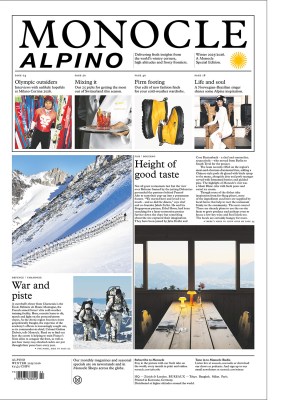The Story of Craft: Shaping A New World
If there is one thing that we’ve learnt about modern-day craft, it is that diverse people in different disciplines are united by a set of common goals. In the past, when we’ve taken a deep dive into the world of design, we’ve met makers from the US to Switzerland who have found common ground in their desire to constantly raise their game by focusing on purpose and precision.
In our latest series, we are widening that scope to industries as varied as healthcare analysis and neuroscience. These are designers of a different sort: innovative leaders in their respective disciplines who are mapping out the world and equally invested in shaping its future.
Indeed, when you distil craft to its essence, that’s what it is all about: forging a unique path, no matter the challenges along the way. Whether it’s seeing patterns in complex data or navigating the perilous corners of the Macau Grand Prix circuit, our interviewees are united by their ability to take technical rigour and turn it into an art form. They are the very embodiment of craft.
UBS
The craft of blazing a trail
Hong Kong-based Vivian Siu is a director of hedge fund origination sales at UBS. But that’s not the only place where she’s been testing her quick wits.

UBS
The craft of enhancing human experience
With a PhD in neuroscience, Dr Amy Kruse is the chief investment officer of Satori Neuro, a division of the Texas-based hedge fund Satori Capital, which invests in innovative neurotechnology companies transforming how we…
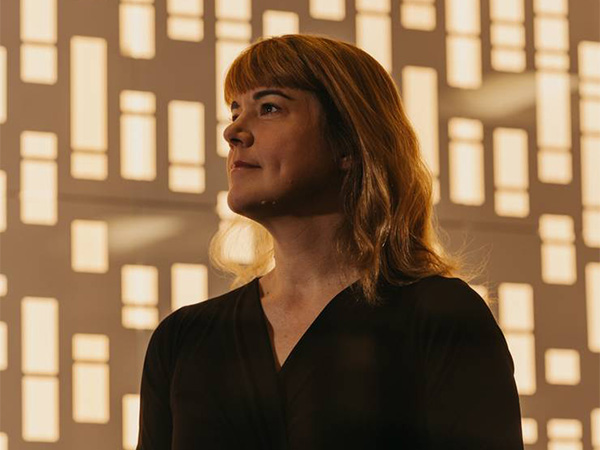
UBS
The craft of making better decisions
Global financial markets never sleep so investing in them successfully requires an agile, proactive approach based on international research and insight. Niall MacLeod has been honing his craft in this respect for more than…
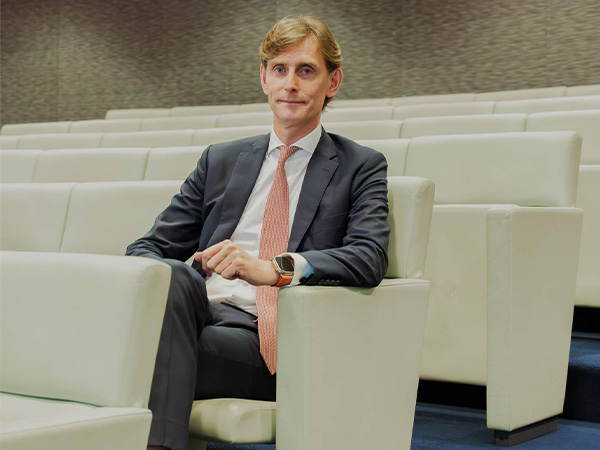
UBS
The craft of shaping evolution
Dr Jordan Nguyen is the founder of Psykinetic, a technology company that uses AI, robotics and a keen sense of design to create accessibility-enhancing devices such as mind-controlled wheelchairs.
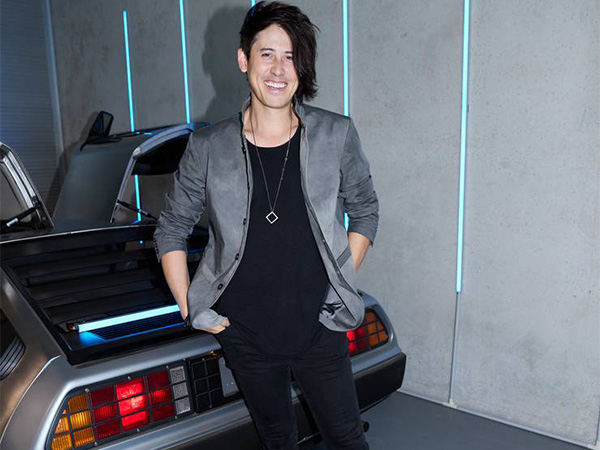
UBS
The craft of what comes next
Dr Laura Sutcliffe’s job involves advising investors about where the healthcare industry is heading.
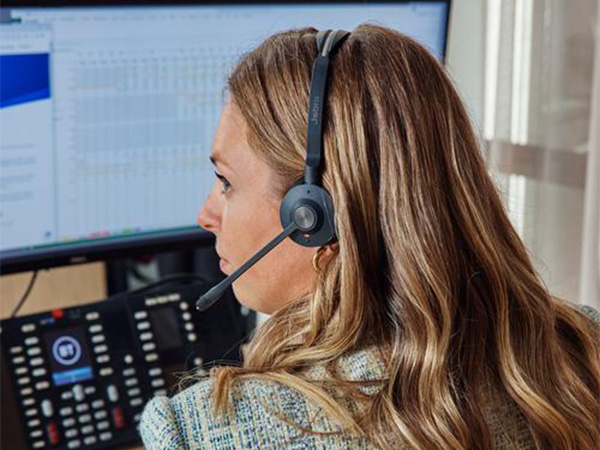
Monocle and UBS, a bank tracing its history back more than 160 years, have been jointly exploring the notion of craft and what it means in today’s world.


